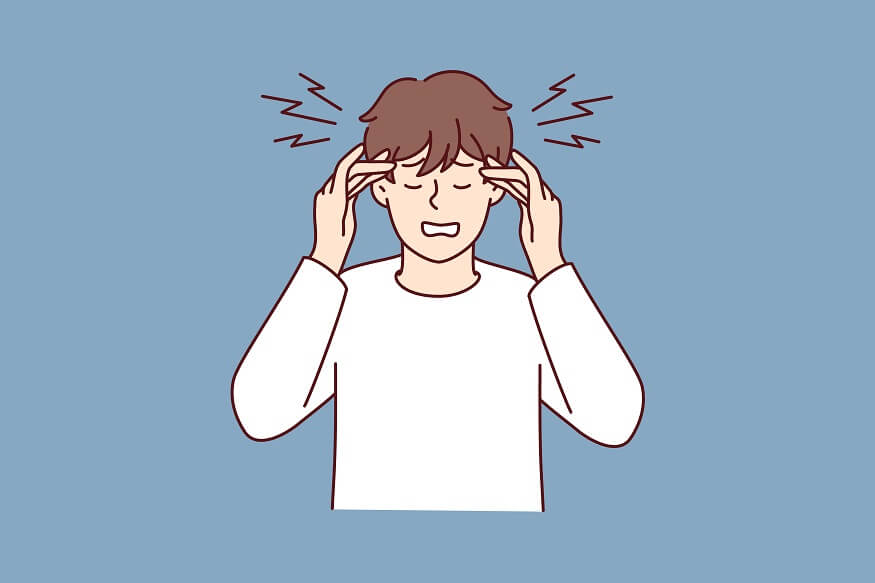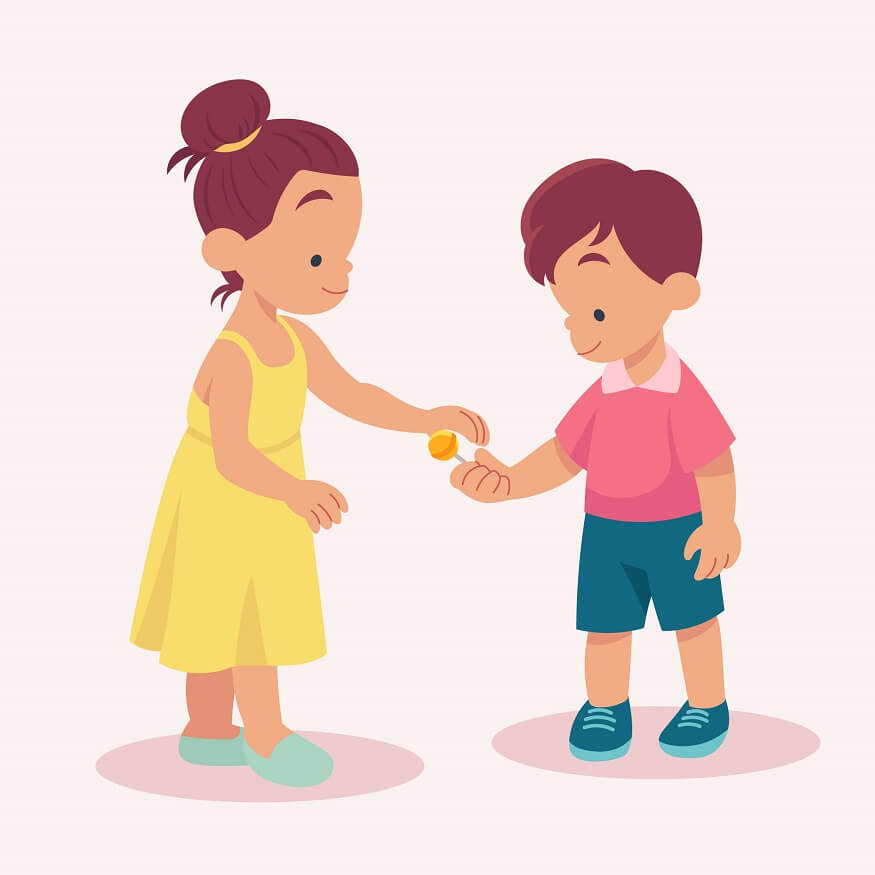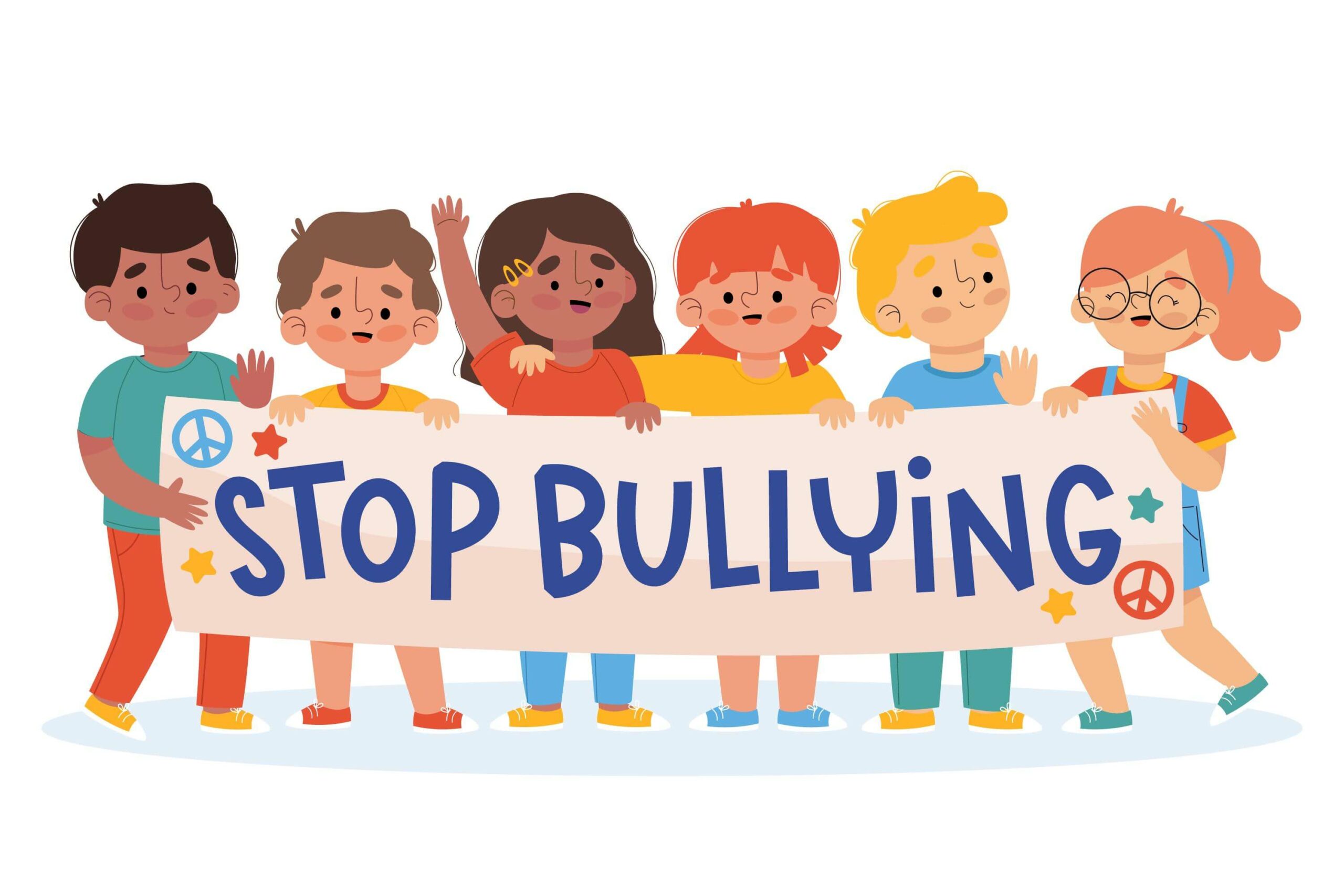A blow, bump, or jolt to the head or a body strike that causes the head and brain to move quickly back and forth results in a concussion, a type of traumatic brain injury. The brain may twist or bounce as a result of the fast movement, causing chemical changes in the brain and occasionally stretching and harming brain cells.
Also Read: What Is Physical Activity & Fitness for Students
Guidelines for students to resume sports post concussion
Returning to sports after a concussion must be done carefully and gradually under the guidance of a healthcare professional. It’s crucial to avoid returning too soon, as this can risk Second Impact Syndrome, a rare but potentially fatal condition. Here’s a general guideline based on consensus recommendations:
Immediate rest: After the concussion, the first step is usually physical and cognitive rest. This means avoiding sports, vigorous activities, and mentally taxing activities like schoolwork. Rest helps the brain recover and can also prevent further injury.
Gradual return to activities: As symptoms improve, the student can start to gradually return to daily activities that don’t risk further head injury. This might include light physical activity like walking.
Return to school: Before returning to sports, the student should successfully return to school and be able to handle full cognitive load without symptoms.
Gradual return to sports: If there are no symptoms during full-time school participation, the student can start a gradual return to sports. This should be a step-by-step process, where each step requires a minimum of 24 hours and the student can only progress to the next step if they remain symptom-free. The steps might look something like this:
- Light aerobic exercise like jogging
- Moderate exercise like running or cycling; no head impact activities
- Heavy, non-contact physical activity, including lifting weights, sprinting, and other exercise drills
- Practice and full-contact training drills
- Game play
Remember, this is a general guide and each individual’s recovery may look different. The student’s healthcare provider should be involved in every step of this process, providing clearance before the student moves to the next step. If symptoms reappear at any step, the guidance is usually to go back to the previous step and try to progress again after another 24 hours of rest. If symptoms persist, it’s crucial to seek medical attention. Persistent symptoms might suggest a more serious injury or a condition like post-concussion syndrome.
Also Read: 10 Safety Rules at School You Must Teach Your Children
Symptoms of concussions
Symptoms of a concussion can include headache, confusion, lack of coordination, memory loss, nausea, vomiting, dizziness, ringing in the ears, sleepiness, and excessive fatigue. There’s often no physical sign of a concussion, so tests like imaging are usually not helpful. A diagnosis is typically based on symptoms and potentially neurological exams. Here are some common symptoms of a concussion:
Physical symptoms:
- Headache or a feeling of pressure in the head
- Nausea or vomiting
- Balance problems or dizziness
- Blurred or double vision
- Sensitivity to light or noise
- Fatigue or drowsiness
- Sleep disturbances, sleeping more or less than usual
Cognitive and Emotional symptoms:
- Difficulty thinking clearly or concentrating
- Feeling mentally “foggy” or slow
- Confusion about recent events
- Amnesia surrounding the traumatic event
- Emotional instability: irritability, sadness, nervousness, or more emotional reactions than normal
- Difficulty remembering new information
- Feeling of depression or anxiety
Symptoms in Children:
- Children may not be able to articulate their symptoms, hence caregivers should watch for:
- Listless or tiring easily
- Irritability or crankiness
- Changes in eating or sleeping patterns
- Difficulty in school
- Loss of interest in favourite activities
- Unsteady walking or balance
These symptoms can begin right away, or they may not be noticeable for hours or days after the injury. It’s important to seek medical attention if you or someone else has symptoms of a concussion, especially if the symptoms persist or get worse. Also, remember that concussions can have serious long-term effects, so even if the symptoms seem mild, it’s essential to get checked out by a healthcare professional.
Also Read: Iron-Deficiency in children: Causes, Symptoms and Prevention
Impact of concussion for students in sports
Students who participate in athletics may suffer substantial consequences from concussions. The severity of the concussion, the student’s general health, and the frequency of similar events all influence how severe these effects are. A concussion may have the following effects on pupils participating in sports:
Cognitive Impact: Concussions can result in short-term and sometimes long-term cognitive issues. The affected student may have trouble concentrating, remembering new information, or thinking clearly. This can negatively affect their academic performance and ability to keep up with their schoolwork.
Physical Impact: Physical symptoms can include headaches, blurred vision, dizziness, nausea, and sensitivity to light or noise. These symptoms may make it difficult for students to engage in physical activities, including their sports, until they’ve fully recovered.
Emotional Impact: Mood changes are common after a concussion. Students may feel more irritable, sad, anxious, or exhibit changes in personality. Such emotional instability can affect their social interactions and overall mental health.
Sleep Disturbances: Concussions can lead to changes in sleep patterns, such as insomnia or sleeping more than usual. This can interfere with the student’s ability to concentrate and learn, further impacting their academic performance.
Long-term Health Impact: Multiple concussions or severe ones can lead to long-term health issues, such as chronic traumatic encephalopathy (CTE), a brain condition associated with repeated blows to the head.
Performance in Sports: Following a concussion, a student’s ability to perform in sports may be impacted. Until they’re fully recovered, they may have reduced coordination, slower reaction times, and difficulty with complex tasks.
Potential for Further Injury: Once a person has had a concussion, they are at a higher risk of experiencing another, particularly if they return to play before they’ve fully recovered from the initial injury.
Given these potential impacts, it’s essential for schools and sports programs to have appropriate concussion management protocols in place. This should include prevention strategies, education for students and staff about concussion symptoms, and a comprehensive plan for returning to play and academics after a concussion has occurred.
Also Read: How to prepare your child for sports season
What is a post concussion syndrome
A combination of post-concussion symptoms, such as headaches and dizziness, can persist for weeks, months, or even a year or more after the concussion that first caused the injury. This condition is known as post-concussion syndrome. It’s also important to remember that a concussion or post-concussion syndrome can occur without a person losing consciousness. In actuality, it doesn’t seem that the severity of the initial injury is related to the risk of post-concussion syndrome.
Although the exact origin of post-concussion syndrome is unknown, it is likely that a variety of factors play a role in its onset and persistence. A brain injury may result in physical changes, modifications to how your brain works, and psychological effects. The patient may need therapies to manage their symptoms, such as pain medications, physical therapy for balance and movement impairments, and cognitive therapy for memory and attention problems. Symptoms frequently get better with time.
EuroSchool is committed to taking care of students participating in sports. By providing qualified coaches, access to proper equipment, regular practices, medical care, and academic support, EuroSchool helps students to succeed in both sports and academics.










